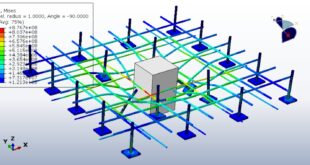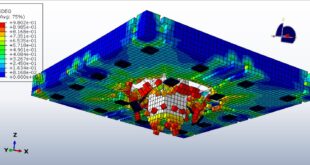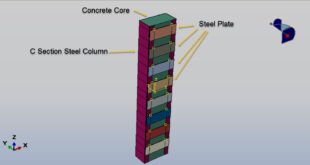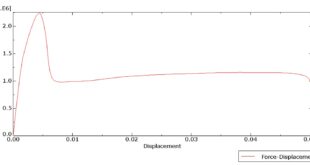In this tutorial, the crushing analysis of a foam-filled aluminum/CFRP hybrid tube against transverse impact in Abaqus was done. The aluminum tube, CFRP, and aluminum foam are modeled as three-dimensional parts. You can see a figure of the assembled parts below
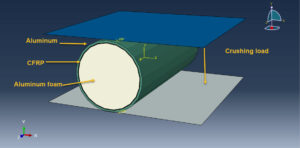
Thin-walled structures made of conventional metals, such as aluminum alloy and high-strength steel, have been extensively used as energy-absorbing components in vehicles to ensure their structural crashworthiness for reducing casualty and protecting cargo in case of crash accidents. Thin-walled metallic structures are of significant advantages such as ductile behaviors and stable plastic collapse, making them dissipate collision energy in a more controllable manner. However, with stringent transport safety regulations and heightened environmental requirements, it has become more and more challenging for conventional thin-walled metallic structures to enhance their performance further. As a compelling material, carbon fiber reinforced plastic (CFRP) composites are gaining growing interest in the modern automotive industry for their distinct advantages in lightweight and mechanical properties over conventional metallic counterparts. Despite the significant benefits, CFRP composites exhibit some noticeable drawbacks, such as higher material cost and unstable brittle catastrophic failure mode, which to a certain extent restricts their extensive applications in the automotive industry
The Johnson-Cook hardening and damage are suitable to model aluminum behavior under rapid deformation. The Crushable foam model is selected for the metal foam core to consider large plastic deformation. Hashin’s damage criterion is considered the damage criterion of the CFRP composite material.
Dynamic explicit steps with mass scale as target time to reduce the time of the simulation and neglecting the inertia effect are selected. The proper interactions and constraints are assigned to all parts. The load, boundaries, and fine meshes are applied to all parts
After the simulation, all results such as stress, strain, damage, failure, force-displacement diagram, energies, and others are available. you can see some figures of the results below
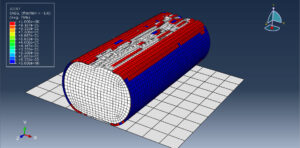
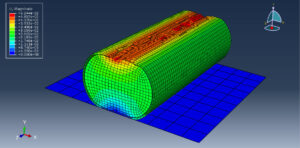
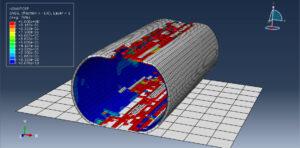
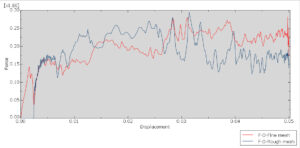
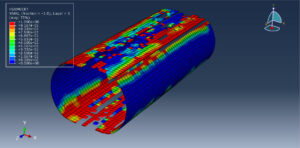
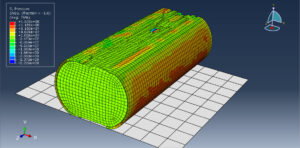
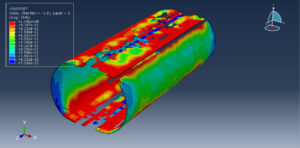
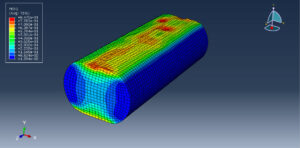
 Abaqus tutorials Abaqus tutorials
Abaqus tutorials Abaqus tutorials
